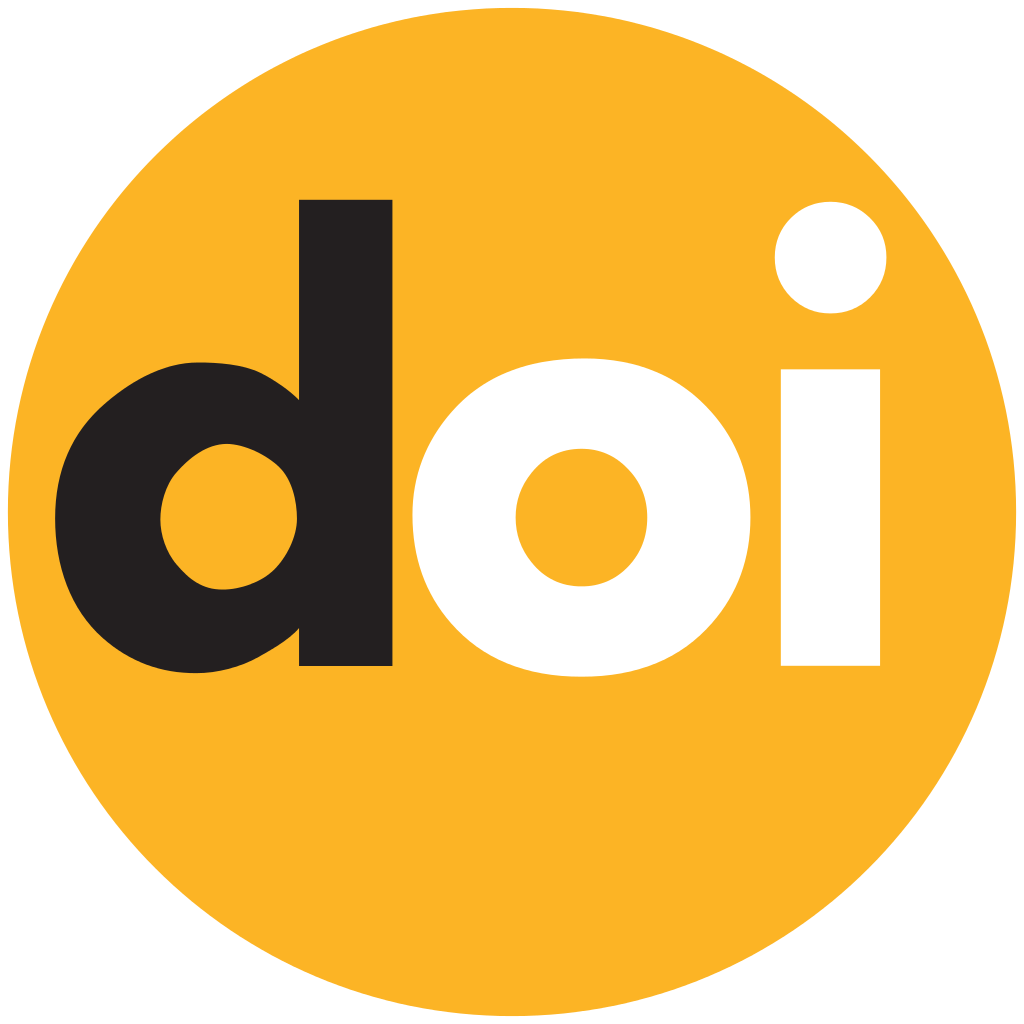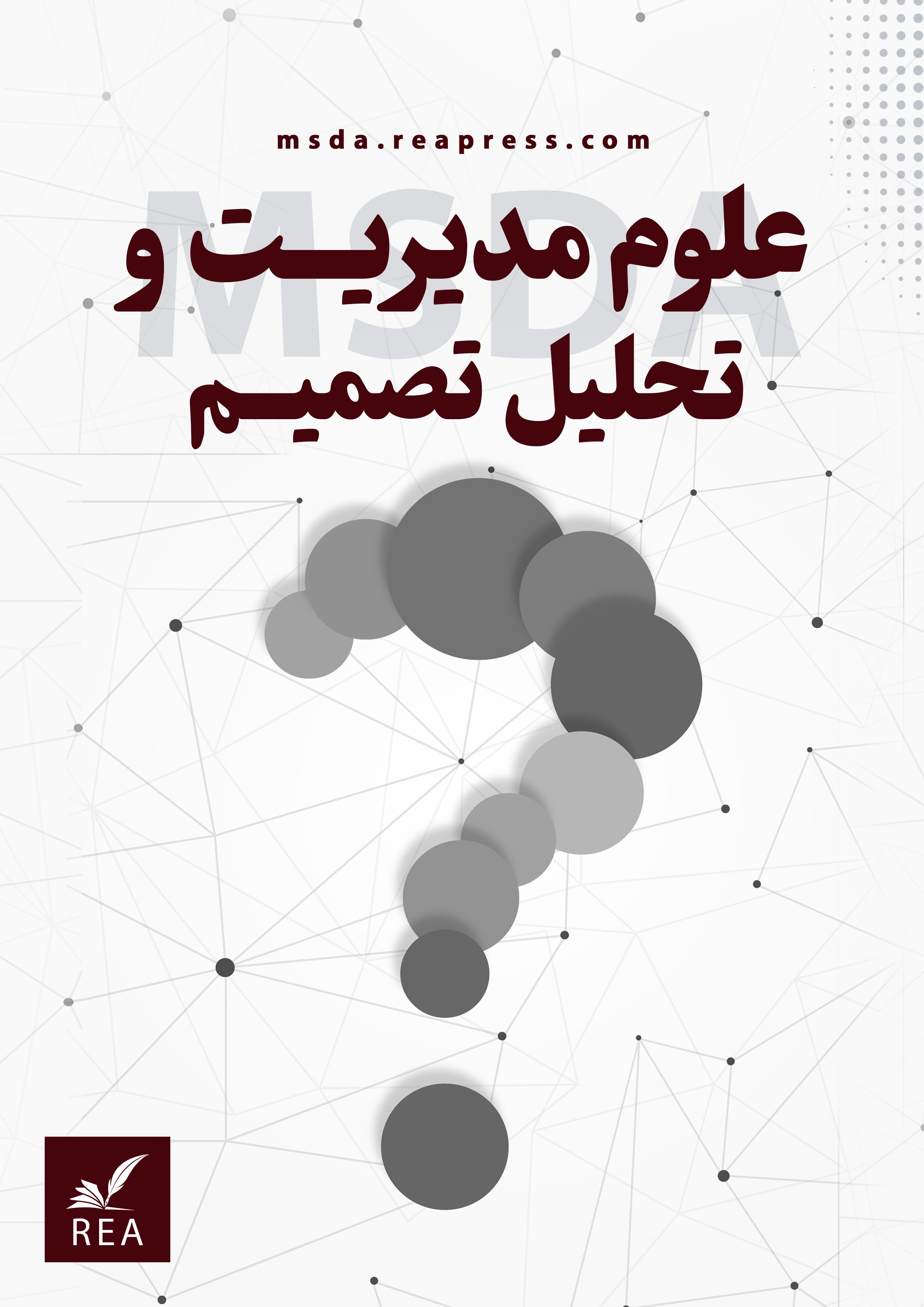مدلسازی شاخص های موثر بلاکچین بر زنجیرهتامین پایدار با رویکرد تلفیقی ساختاری تفسیری و ANP
چکیده
هدف: هدف تحقیق حاضر مدلسازی شاخصهای موثر بلاکچین بر زنجیرهتامین پایدار با رویکرد تلفیقی ساختاری تفسیری وANP است.
روششناسی پژوهش: برای دستیابی به اهداف پژوهش، ابتدا مهمترین موانع شناسایی و سپس با استفاده از مدلسازی ساختاری تفسیری، مدلی برای نشان دادن روابط متقابل موانع پیشنهاد شد.
یافتهها: نتایج حاکی از موانع داخلی و قانونی بهعنوان مهمترین موانع استفاده از فناوری بلاکچین در زنجیرهتامین سازمان مورد مطالعه بود؛ بنابراین، برای استفاده از این فناوری، تمرکز اصلی مدیران باید بر رفع موانع برای پایین آوردن سطوح مدل سلسله مراتبی باشد.
اصالت/ارزشافزوده علمی: با توجه به جدید بودن فناوری بلاکچین بهویژه در پیاده سازی، لازم به ذکر است که هنوز درک نسبتا خوبی از این فناوری در سازمانهای ایرانی شکل نگرفته است و استفاده از کارشناسانی که دانش عمیقی از این فناوری دارند یکی از مواردی بوده است. محدودیتهای اصلی تحقیق محدودیت دیگر عدمدسترسی به تامینکنندگان زنجیرهتامین سازمان اتکا بود. این تحقیق تنها براساس نظر کارشناسان بخش مرکزی زنجیرهتامین انجام شده است که البته نتایج آن در زنجیرهتامین سازمان اتکا و سایر سازمانهای مشابه قابل استفاده است.
کلمات کلیدی:
بلاکچین، زنجیرهتامین پایدار، ساختاری تفسیری، ANPمراجع
- [1] Raji, N., & Sadeghi, H. (2019). Smart contracts: Legal agreements in the light of Blockchain. Journal of legal research, 18(37), 261-288. (In Persian). https://doi.org/10.48300/jlr.2019.91607
- [2] Kamble, S., Gunasekaran, A., & Sharma, R. (2019). Modeling the blockchain enabled traceability in agriculture supply chain. International journal of information management, 52(9), 101967. http://dx.doi.org/10.1016/j.ijinfomgt.2019.05.023
- [3] Feng, H., Wang, X., Duan, Y., Zhang, J., & Zhang, X. (2020). Applying blockchain technology to improve agri-food traceability: A review of development methods, benefits and challenges. Journal of cleaner production, 260, 121031. https://doi.org/10.1016/j.jclepro.2020.121031
- [4] Tripathi, G., Ahad, M. A., & Casalino, G. (2023). A comprehensive review of blockchain technology: Underlying principles and historical background with future challenges. Decision analytics journal, 9(1), 100344. https://doi.org/10.1016/j.dajour.2023.100344
- [5] Ge, L., Brewster, C., Spek, J., Smeenk, A., Top, J., Van Diepen, F., … & De Wildt, M. de R. (2017). Blockchain for agriculture and food: Findings from the pilot study. Wageningen economic research. https://library.wur.nl/WebQuery/wurpubs/530264
- [6] Aung, M. M., & Chang, Y. S. (2014). Traceability in a food supply chain: Safety and quality perspectives. Food control, 39, 172–184. https://doi.org/10.1016/j.foodcont.2013.11.007
- [7] Rapalis, G., & Hossain, S. S. (2020). Traceability in the food industry; How can Blockchain technology benefit food traceability within the supply chain? [Thesis]. https://B2n.ir/yt6933
- [8] Rezaee, L., & Babazadeh, R. (2020). Investigating the relationships between blockchain system indicators to improve the food competitiveness of industries. Research in production and operations management, 11(3), 95-116. (In Persian). https://doi.org/10.22108/jpom.2021.123858.1279
- [9] Helo, P., & Hao, Y. (2019). Blockchains in operations and supply chains: A model and reference implementation. Computers & industrial engineering, 136, 242–251. https://doi.org/10.1016/j.cie.2019.07.023
- [10] Malyavkina, L. I., Savina, A. G., & Parshutina, I. G. (2019). Blockchain technology as the basis for digital transformation of the supply chain management system: Benefits and implementation challenges. International journal of production research, 57(3), 1–19. http://dx.doi.org/10.1080/00207543.2018.1533261
- [11] Sharma, M., & Joshi, S. (2021). Barriers to blockchain adoption in health-care industry: An Indian perspective. Journal of global operations and strategic sourcing, 14(1), 134–169. https://doi.org/10.1108/JGOSS-06-2020-0026
- [12] Westerkamp, M., Victor, F., & Küpper, A. (2020). Tracing manufacturing processes using blockchain-based token compositions. Digital communications and networks, 6(2), 167–176. https://doi.org/10.1016/j.dcan.2019.01.007
- [13] Wong, L. W., Tan, G. W. H., Lee, V. H., Ooi, K. B., & Sohal, A. (2021). Psychological and system-related barriers to adopting blockchain for operations management: An artificial neural network approach. IEEE transactions on engineering management, 70(1), 67–81. https://doi.org/10.1109/TEM.2021.3053359
- [14] Krishnan, S., Balas, V. E., Julie, E. G., Yesudhas, H. R., Balaji, S., & Kumar, R. (2020). Handbook of research on blockchain technology. Academic press. https://B2n.ir/zq9170
- [15] O’Leary, D. E. (2019). Some issues in blockchain for accounting and the supply chain, with an application of distributed databases to virtual organizations. Intelligent systems in accounting, finance and management, 26(3), 137–149. https://doi.org/10.1002/isaf.1457
- [16] Dang, T. K., Küng, J., Takizawa, M., & Chung, T. M. (2020). Future data and security engineering. Springer International publishing. https://doi.org/10.1007/978-981-96-0434-0
- [17] Czachorowski, K., Marina, S., & Kondratenko, Y. (2019). The application of Blockchain technology in the maritime industry. In Studies in systems, decision and control (pp. 561–577). https://doi.org/10.1007/978-3-030-00253-4_24
- [18] Biswas, B., & Gupta, R. (2019). Analysis of barriers to implement Blockchain in industry and service sectors. Computers & industrial engineering, 136, 225–241. https://doi.org/10.1016/j.cie.2019.07.005
- [19] Sanka, A. I., Irfan, M., Huang, I., & Cheung, R. C. C. (2021). A survey of breakthrough in blockchain technology: Adoptions, applications, challenges and future research. Computer communications, 169, 179–201. https://doi.org/10.1016/j.comcom.2020.12.028
- [20] Mathivathanan, D., K., M., Nripendra P., R., Sangeeta, K., & and Dwivedi, Y. K. (2021). Barriers to the adoption of blockchain technology in business supply chains: A total interpretive structural modelling (TISM) approach. International journal of production research, 59(11), 3338–3359. https://doi.org/10.1080/00207543.2020.1868597
- [21] Zhou, J., Wu, Y., Liu, F., Tao, Y., & Gao, J. (2021). Prospects and obstacles analysis of applying blockchain technology to power trading using a deeply improved model based on the DEMATEL approach. Sustainable cities and society, 70, 102910. https://doi.org/10.1016/j.scs.2021.102910
- [22] Krigsholm, P., Ridanpää, K., & Riekkinen, K. (2019). Blockchain as a technological solution in land administration-what are current barriers to implementation? Fig peer review journal, 15(9), 14–22. https://urn.fi/URN:NBN:fi:aalto-202409046180
- [23] Utakaeva, I. K. (2019). Directions and features of application of the blockchain technology. Journal of physics: Conference series, 1353(1), 12103. https://dx.doi.org/10.1088/1742-6596/1353/1/012103
- [24] Parkhi, S. (2021). Effectiveness of Blockchain in overcoming barriers in humanitarian supply chain. Psychology and education journal, 58, 2228–2235. https://doi.org/10.17762/pae.v58i1.1100
- [25] Yadav, V. S., Singh, A. R., Raut, R. D., & Govindarajan, U. H. (2020). Blockchain technology adoption barriers in the Indian agricultural supply chain: An integrated approach. Resources, conservation and recycling, 161, 104877. https://doi.org/10.1016/j.resconrec.2020.104877
- [26] Dutta, P., Choi, T.-M., Somani, S., & Butala, R. (2020). Blockchain technology in supply chain operations: Applications, challenges and research opportunities. Transportation research part E: Logistics and transportation review, 142, 102067. https://doi.org/10.1016/j.tre.2020.102067
- [27] Liu, P., Hendalianpour, A., Hamzehlou, M., Feylizadeh, M. R., & Razmi, J. (2021). Identify and rank the challenges of implementing sustainable supply chain Blockchain technology using the bayesian best worst method. Technological and economic development of economy, 27(3), 656–680. https://doi.org/10.3846/tede.2021.14421
- [28] Kouhizadeh, M., Saberi, S., & Sarkis, J. (2021). Blockchain technology and the sustainable supply chain: Theoretically exploring adoption barriers. International journal of production economics, 231, 107831. https://doi.org/10.1016/j.ijpe.2020.107831
- [29] Bag, S., Viktorovich, D. A., Sahu, A. K., & Sahu, A. K. (2020). Barriers to adoption of blockchain technology in green supply chain management. Journal of global operations and strategic sourcing, 14(1), 104–133. https://doi.org/10.1108/JGOSS-06-2020-0027
- [30] Rahimi, A., Taghizadeh, G., & Mahmoudabadi, S. (2022). Presenting an interpretive structural model of barriers to the application of blockchain technology in the food industry supply chain. Research in production and operations management, 13(1), 79-104. (In Persian). https://www.sid.ir/paper/1039909/fa
- [31] Hastig, G. M., & Sodhi, M. S. (2020). Blockchain for supply chain traceability: Business requirements and critical success factors. Production and operations management, 29(4), 935–954. https://doi.org/10.1111/poms.13147
- [32] Caldarelli, G., Zardini, A., & Rossignoli, C. (2021). Blockchain adoption in the fashion sustainable supply chain: Pragmatically addressing barriers. Journal of organizational change management, 34(2), 507–524. https://doi.org/10.1108/JOCM-09-2020-0299
- [33] Farooque, M., Jain, V., Zhang, A., & Li, Z. (2020). Fuzzy DEMATEL analysis of barriers to Blockchain-based life cycle assessment in China. Computers & industrial engineering, 147, 106684. https://doi.org/10.1016/j.cie.2020.106684
- [34] Alexopoulos, C., Charalabidis, Y., Androutsopoulou, A., Loutsaris, M. A., & Lachana, Z. (2019). Benefits and obstacles of blockchain applications in E-government. Hawaii international conference on system sciences. Hicss. http://dx.doi.org/10.24251/HICSS.2019.408
- [35] Kleinman, Y. (2019). The implications of blockchain technology on supply chain management and the potential benefits and barriers to its utilization in procurement [Thesis]. https://B2n.ir/nk5685
- [36] Rahimi, A., & Abbasi, L. (2020). Exploring the future technology of blockchain application in the defense industry supply chain. The second international conference on knowledge management, blockchain and economics. Tehran, Iran. Civilica. (In Persian). https://civilica.com/doc/1224895
- [37] Olfat, L., & Shahryari Nia, A. (2014). Interpretive structural modeling of factors affecting partner selection in the agile supply chain. Research in production and operations management, 5(2), 109–128. https://jpom.ui.ac.ir/article_19831.html
- [38] Habibi, A., Izadyar, S., & Sarafarazi, A. (2014). Fuzzy multi-criteria decision making. Katibe gil. https://b2n.ir/mx7419
- [39] Singh, P., & Agrawal, G. (2022). Modelling the barriers of weather index insurance service adoption integrating expert mining and ISM Fuzzy-MICMAC. Benchmarking: An international journal, 29(8), 2527–2554. https://doi.org/10.1108/BIJ-04-2021-0183
- [40] Sahebi, I. G., Masoomi, B., & Ghorbani, S. (2020). Expert oriented approach for analyzing the blockchain adoption barriers in humanitarian supply chain. Technology in society, 63, 101427. http://dx.doi.org/10.1016/j.techsoc.2020.101427






